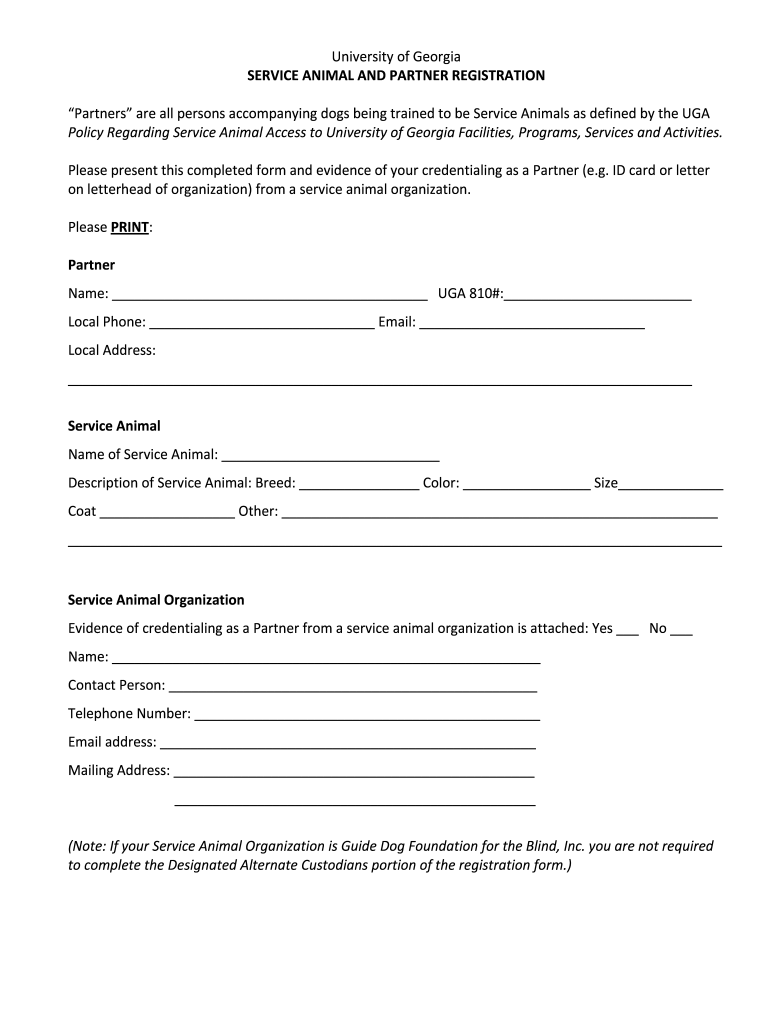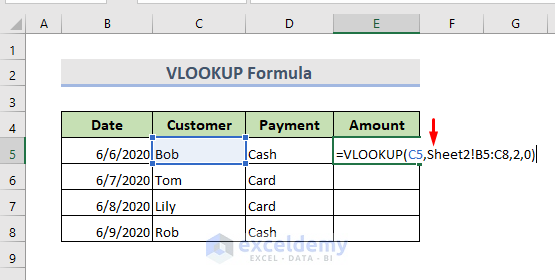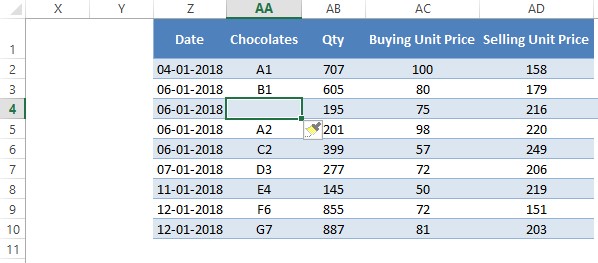5 Ways to Easily Get Your Therapist to Approve ESA Paperwork

When seeking approval for an Emotional Support Animal (ESA) letter, understanding how to approach your therapist is crucial. An ESA can significantly improve your mental health, but navigating the paperwork and approval process can be daunting. Here are five effective ways to facilitate getting your therapist to approve your ESA paperwork:
1. Open Communication About Your Needs


Begin by having an open and honest conversation with your therapist. Explain:
- Why you believe an ESA would benefit your mental health.
- The specific conditions or symptoms that you think an ESA could help alleviate.
- How an ESA might fit into your current therapy or treatment plan.
Transparency helps your therapist understand your needs better, making them more likely to support your request.
💡 Note: Ensure that you discuss your reasons for needing an ESA in terms of your mental health treatment, not just for companionship.
2. Provide Supporting Evidence


Prepare yourself with:
- Research or studies demonstrating the benefits of ESAs for conditions similar to yours.
- Testimonials or anecdotes from others with ESAs, especially if their experiences are relevant to your situation.
- A written document or list detailing how an ESA could practically support your mental health.
Presenting this information in a clear and organized manner can significantly influence your therapist’s decision.
💡 Note: Evidence should be credible and directly related to the benefits of ESAs for mental health support.
3. Show Your Commitment to Mental Health


Demonstrate to your therapist that you are:
- Actively participating in your current therapy sessions.
- Open to alternative or additional treatments like medication, if applicable.
- Willing to follow through with any requirements or recommendations your therapist might have.
This shows that you are not looking for a quick fix but are genuinely interested in improving your mental health through various means.
4. Discuss Your Pet’s Qualifications


If you already have a pet in mind:
- Provide detailed information about your pet’s temperament and health.
- Include any certifications or training your pet has received.
- Explain how your pet already supports you or could potentially help with your symptoms.
Understanding that your pet is well-suited for the role of an ESA can make your therapist more confident in approving your request.
💡 Note: Remember that an ESA does not need to have formal training like a service animal, but good behavior and temperament are essential.
5. Follow-Up and Patience


Approval might not be instant, so:
- Be patient and allow your therapist time to consider your request thoroughly.
- Follow up with them if you haven’t received a response within a reasonable timeframe.
- Keep the lines of communication open, and update them on any changes in your mental health or how your current therapy is progressing.
Your patience and persistence can show your therapist your dedication to the process.
Navigating the approval process for an ESA letter involves clear communication, evidence, and patience. By approaching your therapist with openness, preparation, and a commitment to your mental health, you increase your chances of gaining approval for an ESA. Remember, this isn't just about getting a letter; it's about ensuring that the addition of an ESA is in line with your ongoing mental health treatment.
What are the qualifications for an animal to be an ESA?

+
An ESA does not require formal training like service animals. However, the animal must be well-behaved, not aggressive, and capable of providing emotional support to its handler.
How long does it typically take to get an ESA letter approved?

+
The approval time can vary based on your therapist’s schedule and how well you prepare your case. It might take from a few days to a couple of weeks.
Can a therapist refuse to write an ESA letter?

+
Yes, a therapist can refuse if they do not believe that an ESA is appropriate for your current mental health needs or if they feel other treatments would be more beneficial.



